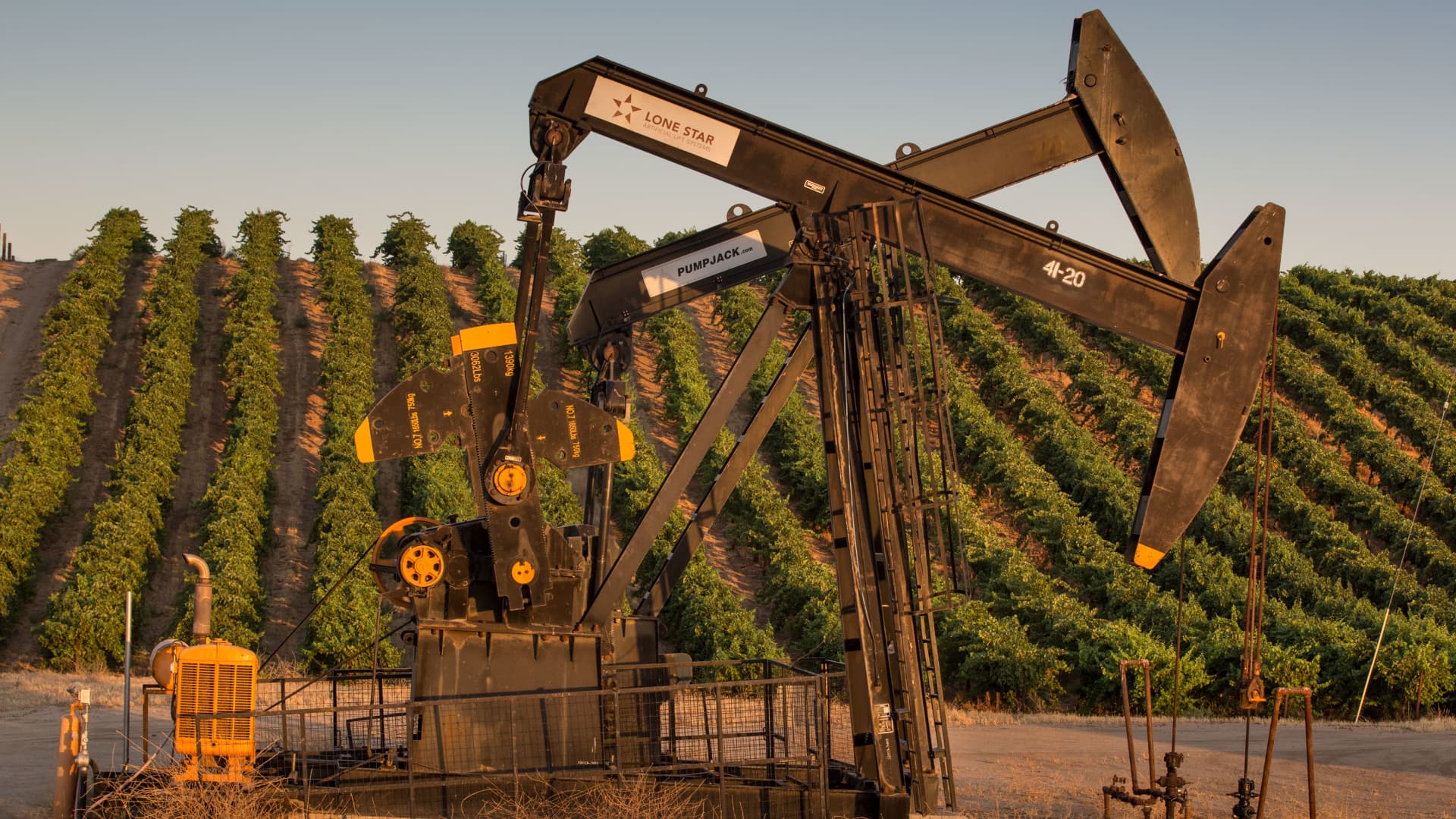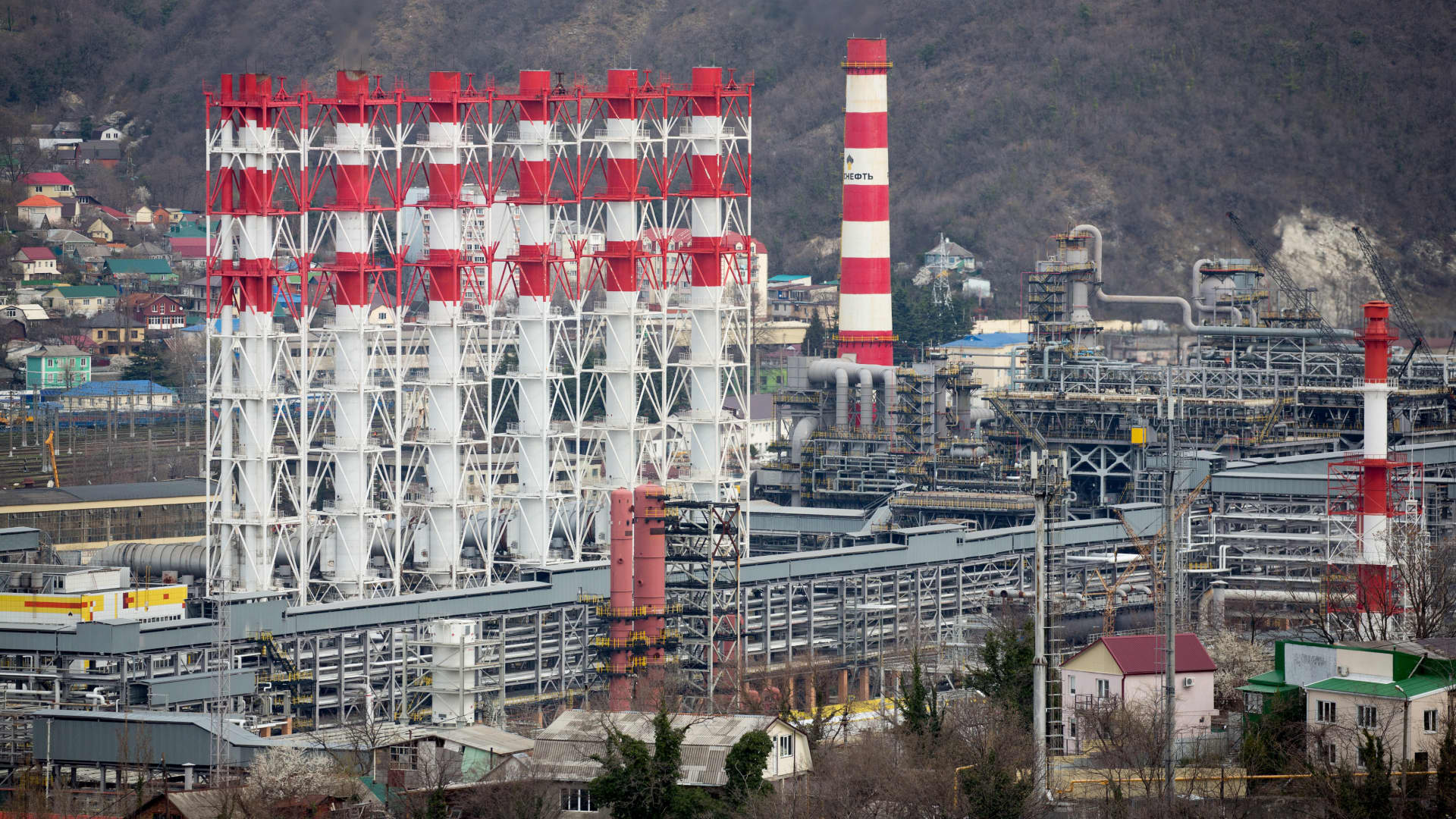Anyone who looks out at the ocean may feel awed by the power apparent in every wave. That power has the potential to provide energy to land-based homes and businesses, as well as floating facilities and vessels at sea. But how can we transform the ocean’s energy into usable forms, such as electricity or desalinated water?
One way to harness the ocean’s energy is through a device called a wave energy converter, or WEC. To date, WEC designs have been generally centered on large, rigid bodies that float in the water and move relative to each other as waves roll past. These bodies typically absorb ocean wave energy and focus that energy into a centralized conversion mechanism, such as a rotary generator or hydraulic piston.
Now, the National Renewable Energy Laboratory (NREL) is exploring ways to significantly advance wave energy converter design and development. With funding from the U.S. Department of Energy’s (DOE’s) Water Power Technologies Office, NREL researchers are developing concepts in which many small energy converters can be aggregated to create a single structure. With this new approach to developing wave energy, the domain of distributed embedded energy converter technologies (DEEC-Tec) could help the promise of substantial renewable energy generation from ocean waves become a reality.
Figure 1. Stretched and deformed sample volume of a flexWEC’s structure illustrating the basic use of distributed embedded energy converters (DEECs) to create power from wave energy. The sample volume has two sections where material is removed to clarify their respective arrangements: (1) the middle section has the supporting compliant material framework removed, and (2) the right section has both the supporting compliant framework and the DEECs removed. The illustration showcases how the combined semicontinuous nature of DEEC technologies supports the development of materials and structures for ocean wave energy harvesting and conversion devices.
Why Distribute and Embed Multiple Energy Converters?
One of the most innovative elements of DEEC-Tec is its ability to create flexible ocean wave energy converters, sometimes known as flexWECs. These devices have inherently broad-banded ocean wave energy absorption and conversion characteristics, meaning they can harvest energy across a wide range of ocean wave heights and frequencies.
DEEC-Tec provides a new scope of possibilities for how ocean wave energy can be harvested and converted and how flexWEC designs could power a variety of end uses both on land (powering homes and businesses) and at sea (powering navigation buoys and marine vehicles). Some of these uses will support DOE’s Powering the Blue Economy™ initiative, which aims to advance marine renewable energy technologies, such as navigation buoys or autonomous underwater vehicles, to promote economic growth in industries such as aquaculture.
“Our goal with DEEC-Tec is to vastly broaden how we currently conceptualize and envision the use of ocean wave energy,” said NREL researcher Blake Boren, who has been studying wave energy converters for over 10 years. “There is a tremendous range of possibilities for how we can develop these DEEC-Tec-based wave energy converters, and we are accelerating that exploration process.”
Figure 2. Three possible flexWEC archetypes showcasing the nondeformed and dynamically deformed states of DEEC-Tec-based flexWEC structures. The yellow flexible bodies in each archetype represent the DEEC-based, compliant structures illustrated in Figure 1. (Note: Nothing is to scale; flexWEC archetype figures and scenes are solely illustrative.)
How DEEC-Tec Moves Wave Energy Forward
DEEC-Tec concepts are assembled from many small energy converters that, together, form a structure that can undulate like a snake, stretch and bend like a sheet of fabric, or expand and contract like a balloon. As the overall structure bends, twists, and/or changes shape as the ocean waves roll past, each embedded energy converter can turn a portion of that ocean wave energy into electricity.
A flexWEC has several advantages:
- A broader spectrum of energy capture. With a wide range of movement and deformations available, DEEC-Tec-based wave energy converters absorb and convert ocean wave energy across a much broader range of wave conditions — both in terms of size and frequency — when compared with rigid-body converters.
- Mechanical redundancy. The ability to use many hundreds or thousands of distributed embedded energy converters can ensure that ocean energy conversion occurs even if one or more of those converters stops functioning.
- Resilience. The DEEC-Tec-based wave energy converter’s flexibility grants an inherent survival mechanism: the ability to ride out and absorb excessive, dangerous surges of energy from large storms and rough seas.
- Favorable materials. DEEC-Tec-based wave energy converters could be manufactured from recycled materials or simple polymers. These replace heavier, sometimes more expensive materials that have historically been used for wave energy converter development, such as steel or rare-earth elements needed for large permanent magnets. Moreover, existing mass-manufacturing techniques could be used for straightforward and cost-effective DEEC-Tec component fabrication.
- Easier installation. DEEC-Tec-based wave energy converters can be folded, deflated, or otherwise made compact for transport from a manufacturer to a deployment site. Likewise, for installation, they can be expanded to cover broad surface areas as needed. This would allow for robust energy capture with lower capital costs.
- Reduced maintenance schedules. Monitoring the relative performance of many small devices determines the need for DEEC-Tec-based wave energy converter maintenance throughout the structure. The inherent redundancy of the structure potentially translates to less frequent inspections and maintenance requirements.
- Near-continuous structural control. A DEEC-Tec-based wave energy converter is composed of numerous small transducers — mechanisms that convert one form of energy into another. Some of these can serve as simple electrical actuators, which can change the converter’s shape and movement in response to ocean wave conditions. This will allow for greater ocean wave energy harvesting and conversion control.
Bending to the Future
While there are many advantages to using DEEC-Tec in the research and development of ocean wave energy converters, there are still unknowns that need to be understood and addressed. To this end, NREL researchers are identifying the materials, structural designs, electronic systems, and manufacturing methods that could advance DEEC-Tec concepts for marine renewable energy. NREL’s work also includes DEEC-Tec subcomponent validation and codesign, computational models to simulate performance, and device proofs of concept for building and validation.
As part of this research, NREL is collaborating with outside institutions, such as the University of Colorado–Boulder, Netherlands-based energy company SBM Offshore, the U.S. Naval Research Laboratory, and Sandia National Laboratories.
Learn more about NREL’s work on distributed embedded energy converter technologies.
Article and Images courtesy of the NREL, the U.S. Department of Energy.



